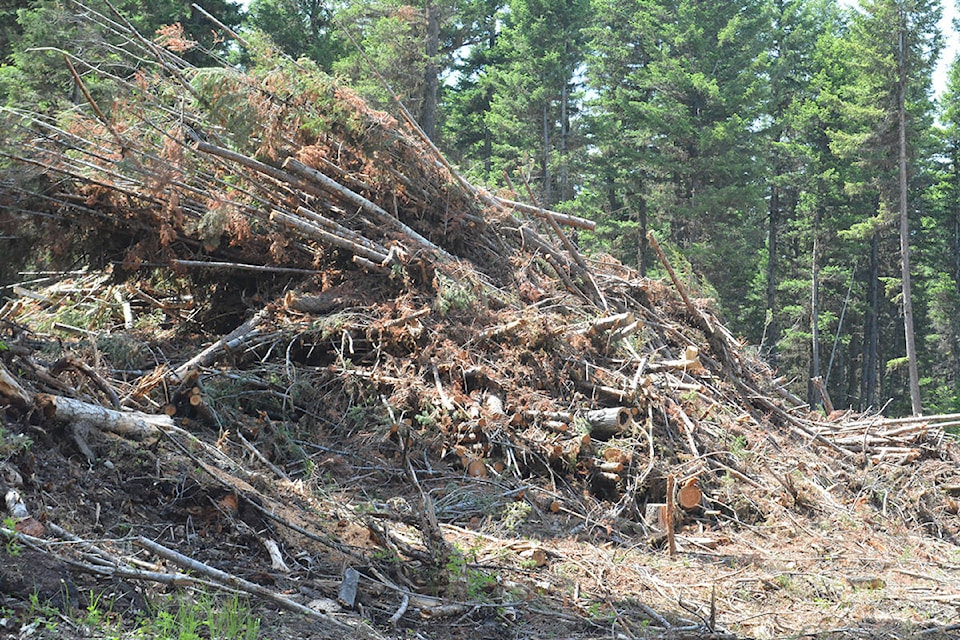With the impacts of beetles and wildfires all options should be considered to make up for the timber shortfalls. Considerable research has been done on the restoration of B.C. logging roads, skid trails and landings which are often compacted by harvesting activities.
“In the Interior of British Columbia, log landings typically occupy about three per cent of the harvested area in the working forest (Thompson and Osberg 1992). If landing rehabilitation could be successfully conducted on all soil and slope conditions, it may be feasible to return as much as two-thirds of the landing areas to productive forest, and thereby increase the amount of forest land available for growing trees. Corresponding gains (up to two per cent) in the Long Run Sustainable Yield and Allowable Annual Cut could also be realized.” As described in the article deep ripping of landings has had some success on certain sites but more research is needed on looking at other methods of improving tree establishment.
A research article covering harvesting practices in some northern U.S. may be helpful. The following is a summary by Deborah Page-Dumroese and four other authors.“Pile burning is currently used on many forest sites as the preferred method for residue disposal because piles can be burned at various times of the year and are usually more controlled than broadcast burns. In many cases, fire can be beneficial to site conditions and soil properties, but slash piles, with a large concentration of wood, needles, forest floor, and sometimes mineral soil, can cause long-term damage. We describe several alternative methods for reducing non merchantable forest residues that will help remove excess woody biomass, minimize detrimental soil impacts, and create charcoal for improving soil organic matter and carbon sequestration. We estimate that approximately 10 to 15 per cent of the volume of wood in the pile can be converted to charcoal but is dependent on environmental and pile properties when burning. Production of biochar from this type of pile can be raked into the soil around the burn area for restoration of compacted soils or to provide additional organic matter near the pile.” The article describes a number of ways to construct the burn piles as well as using a variety of metal kilns and air current burners along with the pros and cons of each system.
READ MORE: Fertilization to make up timber shortfall
The application I see for the Interior of our province is the adoption of the more expensive and time consuming approaches to producing char when the market conditions allow for the processes that produce more higher value char products. On the more remote sites, burn piles would be the logical choice with government assistance or at least policy reform to make the additional work profitable.
If we can justify the application of commercial fertilizer to increase forest yields on mature stands there should be some consideration for rehabilitation of disturbed areas due to harvesting. More studies are needed on the use of commercial fertilizers along with the char so the extra work could result in higher tree production in the areas surrounding the work sites. As noted in the U.S. article the critical issue is to do a lot of the work while the appropriate machines are still on site as well as make adjustments in the harvesting plans to sequence the work needed carry out the restoration and not just burn the residual piles that has been done in the past.
Jim Hilton is a professional agrologist and forester who has lived and worked in the Cariboo Chilcotin for the past 40 years. Now retired, Hilton still volunteers his skills with local community forests organizations.
Do you have a comment about this story? email:
editor@wltribune.com
Like us on Facebook and follow us on Twitter.
